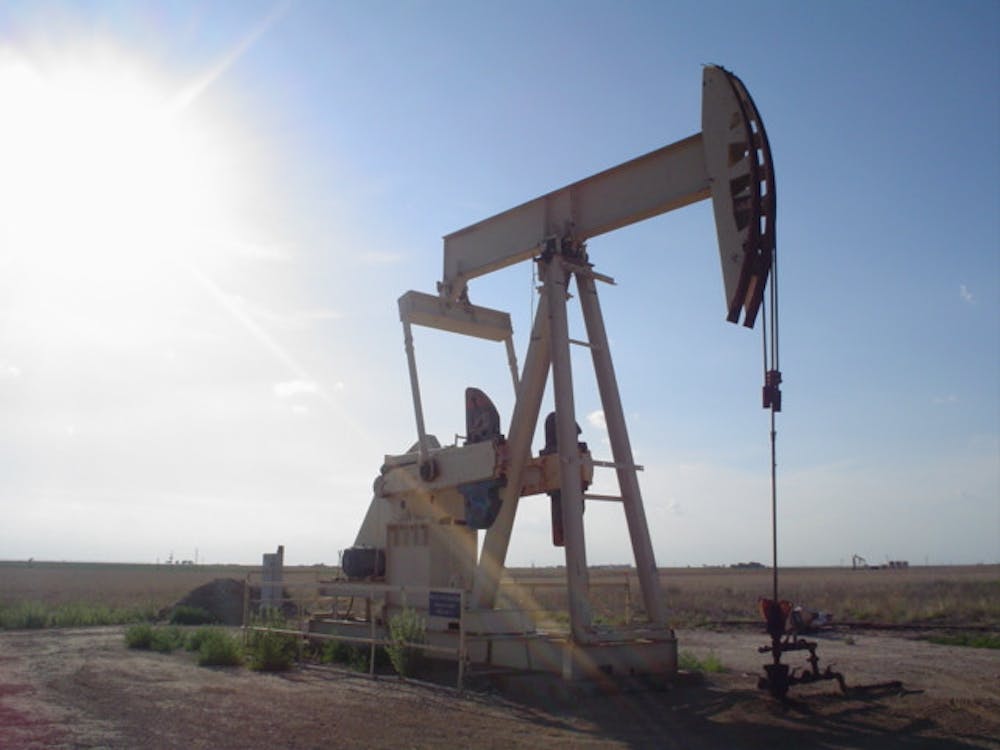A large political goal discussed in the United States is energy independence, commonly argued through oil production. However, supply chain complexities put the United States in a difficult position when using oil as a means of domestic energy production.
The United States is the second-largest oil importer in the world, surpassed only by China. However, unlike China, the United States produces more crude oil than any other country to such an extent that it often exports more oil than it imports. This puts the United States in an unusual position of mass oil production while it still relies on foreign nations to fulfill its domestic consumption.
The easy explanation for this discrepancy is that oil is a globally traded product, and producers in the United States can sell oil abroad for larger profits than domestically.
This is true; however, it neglects important information regarding why the oil is more profitable abroad and why the United States cannot use the oil it produces.
The main issue behind the unusual market practice involves the variations of crude oil and the logistics behind its refinement. Crude oil can be extracted from the ground in many different forms. First, crude oil can vary in density, often called “light” and “heavy.”
The oil can also vary in sulfur content or impurities. Crude oil with high purity is often called “sweet” and is easier and cheaper to refine. Oil with low purity is called “sour.”
In its past, the United States has relied on heavier sour crude from its domestic production and abroad. This was a time before advanced hydraulic fracturing, and as a result, the United States was producing far less oil. Thus, the nation needed to import crude to meet its consumption levels.
This crude came from many places, including Mexico, Canada, Venezuela and many countries in the Middle East. The majority of this oil was heavier and sour, and since the United States had not made significant advancements in fracking at the time, most of its refinement infrastructure was catered to these oil types.
However, in the 21st century, thanks to fracking, U.S. oil production skyrocketed. In 2022, fracking accounted for two-thirds of U.S. oil production, according to USA Facts.
Since fracking produces lighter and purer crude, most U.S. refineries are ill-suited for its refinement. Not only this, but light-sweet crude can be sold at a premium abroad, meaning the U.S. profits from exporting its valuable sweet crude and importing sour crude.
If the United States were to only refine the crude oil it produced, it would require retrofitting refineries for light sweet crude. This would take time and money, and cause the United States to lose out on profits from exporting its crude. This means the United States would be spending money to lose money.
For the United States to truly have energy independence through oil, significant investments would need to be made into refining infrastructure. During a time when more effective energy options are being introduced, spending money on energy independence through oil may be an inferior choice compared to other investments.



The Slate welcomes thoughtful discussion on all of our stories, but please keep comments civil and on-topic. Read our full guidelines here.